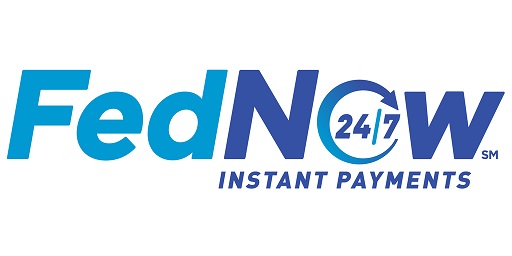The Federal Reserve is on schedule to produce an instant payment service between May and July of 2023, according to the bank, as it gave the clearest timeline yet for is release of a new system to facilitate instant settlements of US payments, and maybe eliminate the need for a Central Bank Digital Currency.
Fed Vice Chair, Lael Brainard, said in a speech, “The FedNow Service will transform the way everyday payments are made throughout the economy, bringing substantial gains to households and businesses through the ability to send instant payments at any time on any day, and the funds being immediately available to recipients to make other payments or manage cash flow efficiently.”
The system is being tested with a limited number of banks and institutions presently, but Brainaird called on banks, service providers, and software companies to all adopt the payment service now, so they can adapt to it and work out any kinks by the time it is implemented next spring.
Brainard said, “The time is now for all key stakeholders…to devote the resources necessary to support instant payments.”
Fed Governor Michelle Bowman and other officials have noted that the FedNow system is a viable alternative to a Central Bank Digital Currency, which could make the need for a CBDC obsolete.
Cowen analyst Jaret Seiberg said in his opinion, the FedNow system eliminates the need for a stable-coin based payment service.
Seiburg said, “FedNow provides the cost-reduction and settlement speed of stable coin payments without the need to convert into and out of tokens. FedNow could then slow the growth of these tokens, which may help address policy concerns regarding stablecoins.”
The Federal Reserve makes the case that the FedNow system will allow faster payments, which will be of benefit to Americans who live paycheck to paycheck or small businesses with cash-flow issues, as it will allow nearly instant payments, thereby avoiding late payment fees, as it frees up capital to be used to finance growth.
They also point out the system will aid the government in delivering emergency relief payments to Americans, allowing them to avoid having to wait for checks to arrive.
Regulators also want a faster payment settlement system, as it will reduce systemic risks which can arise due to the lag between payments being sent and being received. During the 2008 financial crises there was a fear the financial system would shut down because banks would not trust other banks to make good on intraday credit.

